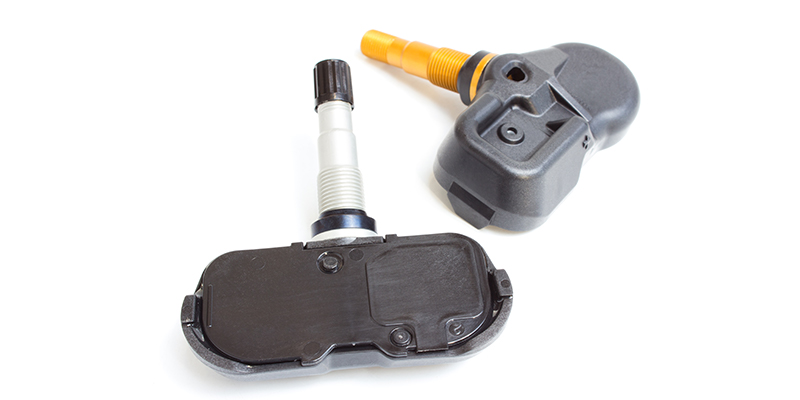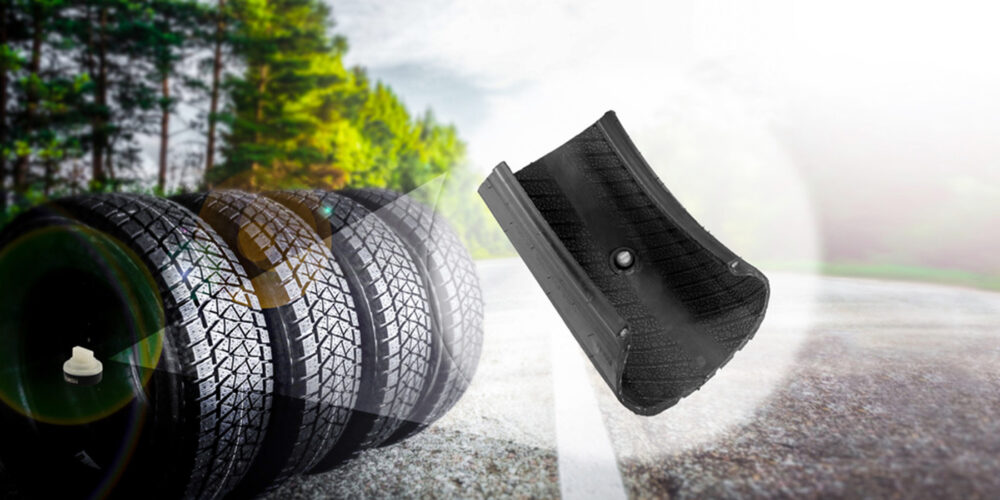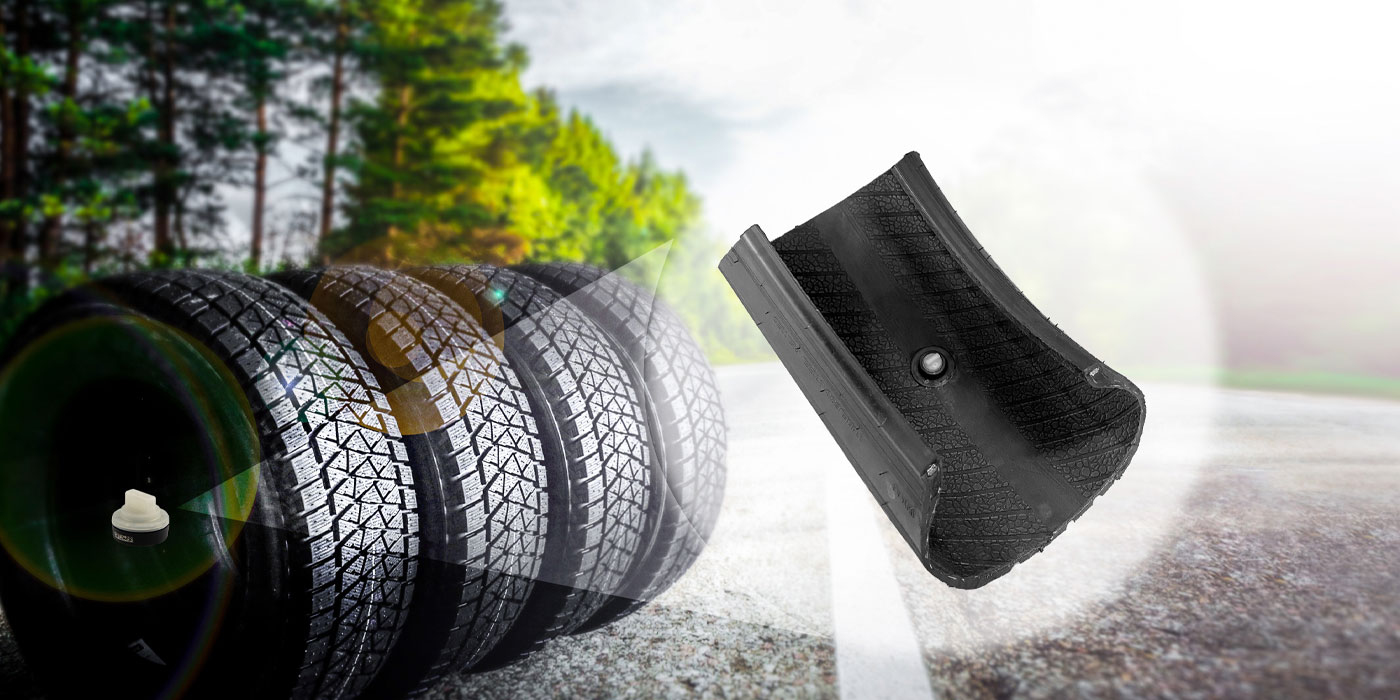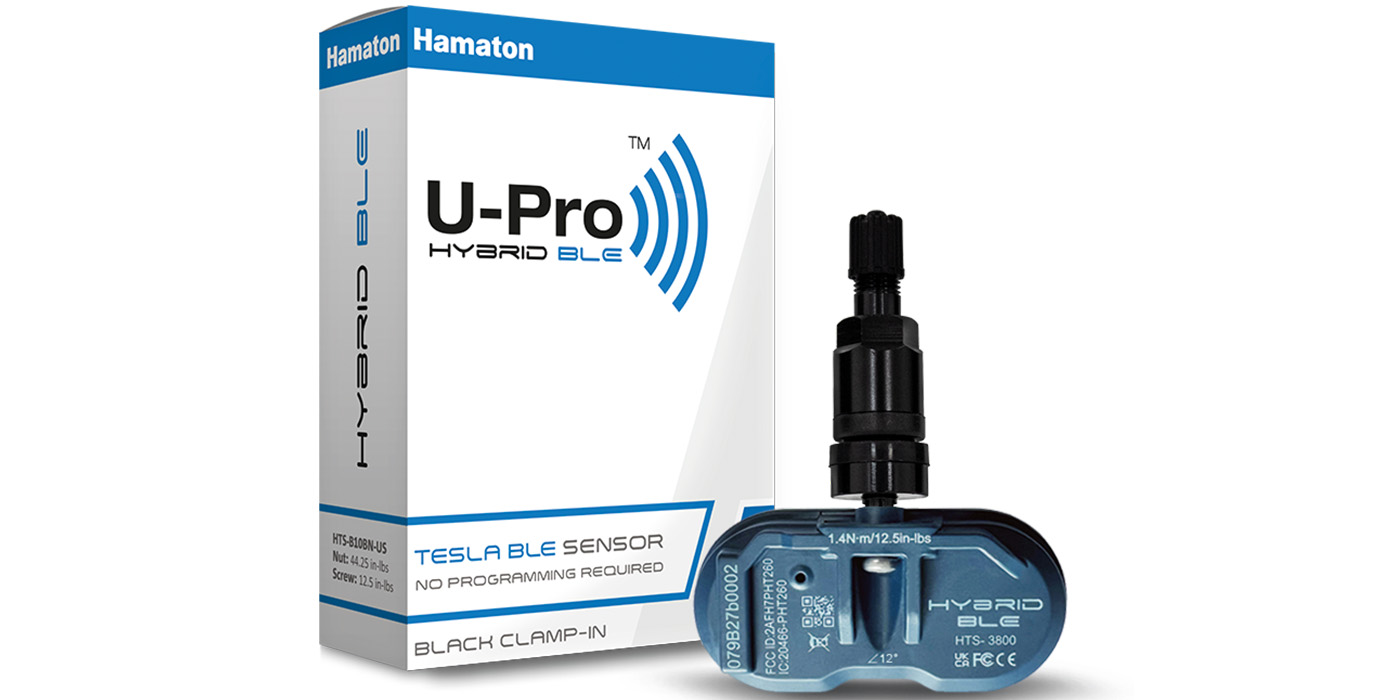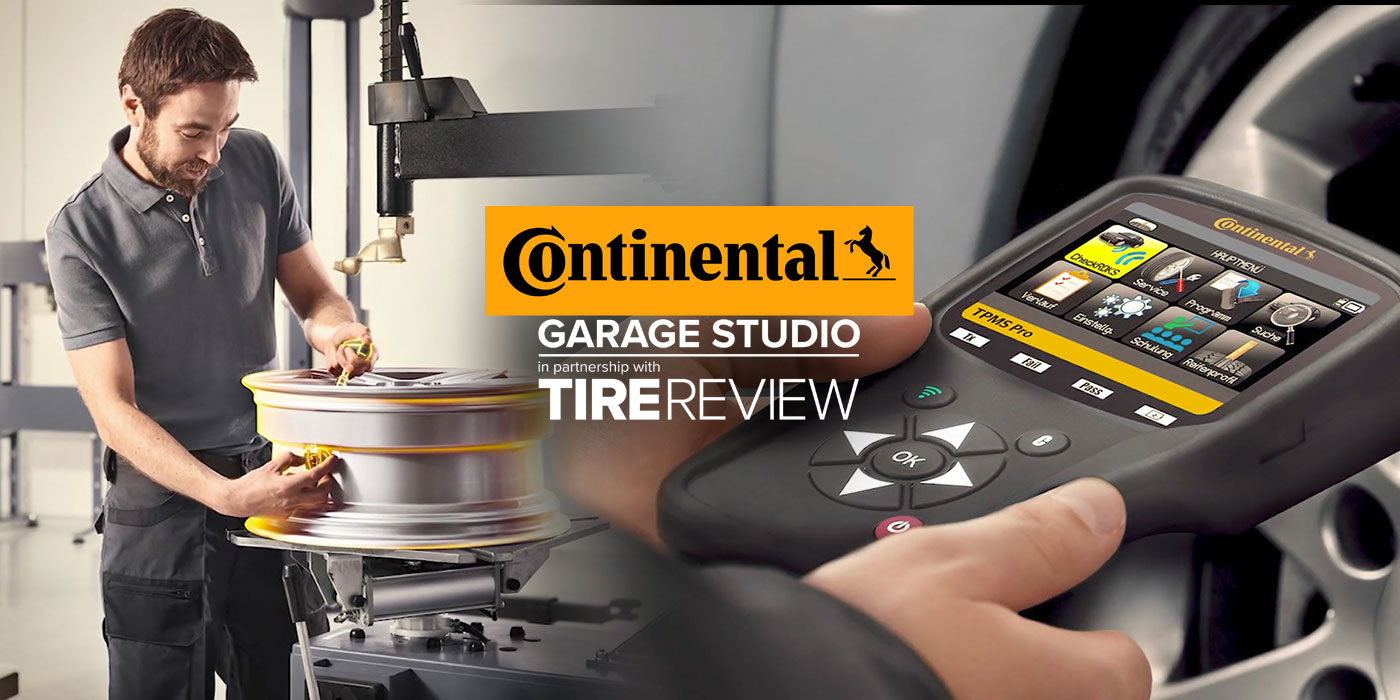Before you do anything, the first step you want to take is to look at the rims of the vehicle being serviced and decipher if they are original rims or aftermarket rims.
If they are original rims, you should first remove the currently installed sensor and find out your options. It is best to get pricing options for OE sensors, OE replacement sensors (OER) and programmable sensors from your distributor. You can then give your customer those options and also take that time to understand their desired stem type. If the vehicle has the appropriate speed rating and resides in a colder region, it is always best practice to suggest a rubber snap-in stem to protect against corrosion caused by harsh temperatures and rock salt. Some OE sensors do not fit a rubber stem but many do as more OE suppliers are starting to switch over to rubber. If the customer prefers the aesthetics of an aluminum clamp-in valve, then you’ll know this before making a change.
Read more: The ‘OE Quality’ Difference in TPMS
If you find that you are working with aftermarket rims, you will need to do some further assessment on the angle and placement of the valve hole. First, see which sensor is currently in the rim as it is best not to assume that the previous service professional made the correct choice.
The best way to check if the currently installed TPMS sensor is correct is to look at how the sensor is sitting in the rim. When the sensor is installed in the rim, it should not sit above the “safety hump.” If the sensor is “flying high,” then you would want to consider an adjustable (flexible) angled sensor. You also want to pay attention to the placement of the valve hole. If the valve hole is in the middle of the rim and/or at a 90-degree angle, you should consider the 90-degree valve options now available on the market. There are also black anodized stem options if you are servicing black rims. You may find you have more options when dealing with aftermarket sensors and rim sets. Gather them and review preferences with the customer before moving forward.
Jacki Lutz is the Global Head of Communications, Training and E-Commerce for Schrader TPMS Solutions, a global leader in TPMS. She is a TIA ATS instructor and serves on a variety of industry boards.

